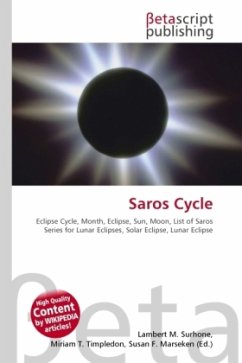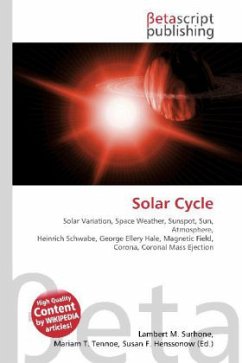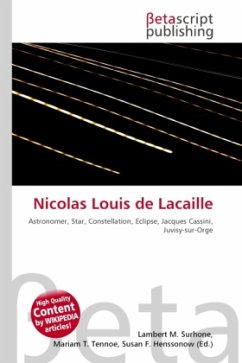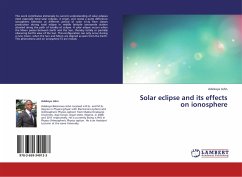High Quality Content by WIKIPEDIA articles! The Saros cycle is an eclipse cycle with a period of 223 synodic months (approximately 6585.3213 days, or nearly 18 years 11 days 8 hours), that can be used to predict eclipses of the Sun and Moon. One cycle after an eclipse, the Sun, Earth, and Moon return to approximately the same relative geometry, and a nearly identical eclipse will occur west of the original location.A series of eclipses that are separated by one Saros cycle is called a Saros series.The earliest discovered historical record of the Saros cycle is by the Chaldeans (ancient Babylonian astronomers) in the last several centuries BC, and was later known to Hipparchus, Pliny and Ptolemy, but under different names. The Sumerian/Babylonian word "?ár" was one of the ancient Mesopotamian units of measurement and as a number appears to have had a value of 3600. The name "saros" (Greek: ?????) was first given to the eclipse cycle by Edmond Halley in 1691, who took it from the Suda, a Byzantine lexicon of the 11th century. Although Halley's naming error was pointed out by Guillaume Le Gentil in 1756, the name continues to be used.
Bitte wählen Sie Ihr Anliegen aus.
Rechnungen
Retourenschein anfordern
Bestellstatus
Storno








